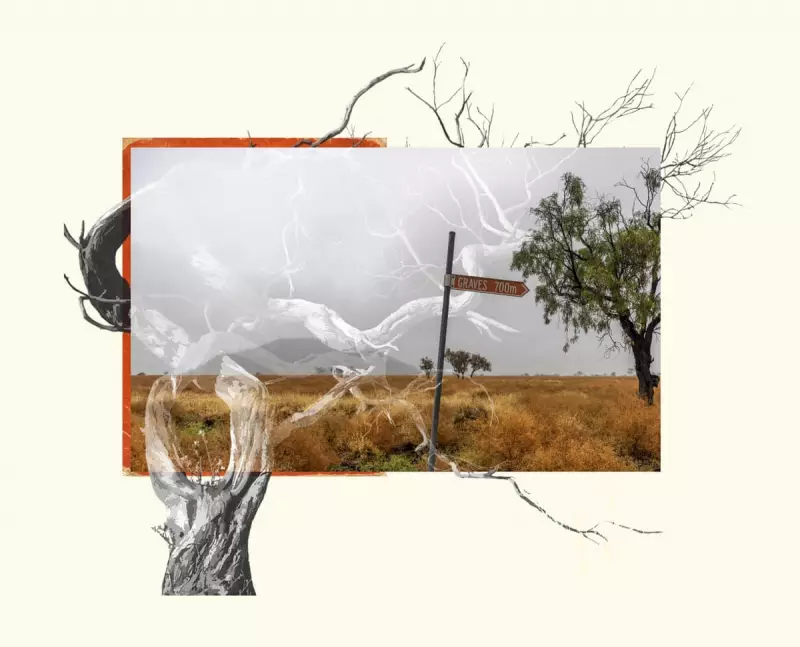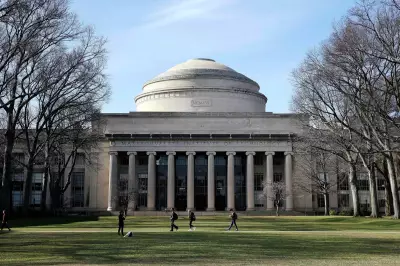
New historical research has brought fresh attention to one of Australia's most tragic colonial conflicts - the 1861 Cullin-La-Ringo massacre in central Queensland. This devastating event saw the killing of 19 settlers by the Gayiri people, followed by brutal reprisals that decimated Indigenous communities.
The Bloody Events of 1861
On October 17, 1861, a group of Gayiri warriors attacked the Hornet Bank station at Cullin-La-Ringo, killing all but one member of the Fraser family and their employees. This attack came after years of escalating tensions and violence between settlers and Indigenous groups in the region.
A Cycle of Violence
The massacre triggered a wave of violent retaliation by colonial forces and settlers. Historical accounts suggest hundreds of Gayiri people were killed in the months that followed, though exact numbers remain uncertain due to poor record-keeping of Indigenous deaths.
Tom Wills' Controversial Connection
The new research highlights the involvement of Tom Wills, a famous Australian cricketer and the founder of Australian Rules Football. Wills, whose family had been killed in an earlier massacre, participated in the reprisal attacks - a complex legacy that continues to spark debate among historians.
Re-examining Colonial Narratives
Modern historians are challenging traditional accounts of the massacre, arguing that Indigenous resistance was often a response to:
- Displacement from traditional lands
- Violence against women and children
- Destruction of food sources
- Broken promises by colonial authorities
Commemoration and Reconciliation
Today, descendants of both the settlers and Gayiri people are working together to acknowledge this painful history. Memorials now stand at Cullin-La-Ringo recognizing the suffering on both sides, though many argue more needs to be done to address the lasting impacts of colonial violence.
This new research comes as Australia continues to grapple with its colonial past and the ongoing effects of historical trauma on Indigenous communities.





